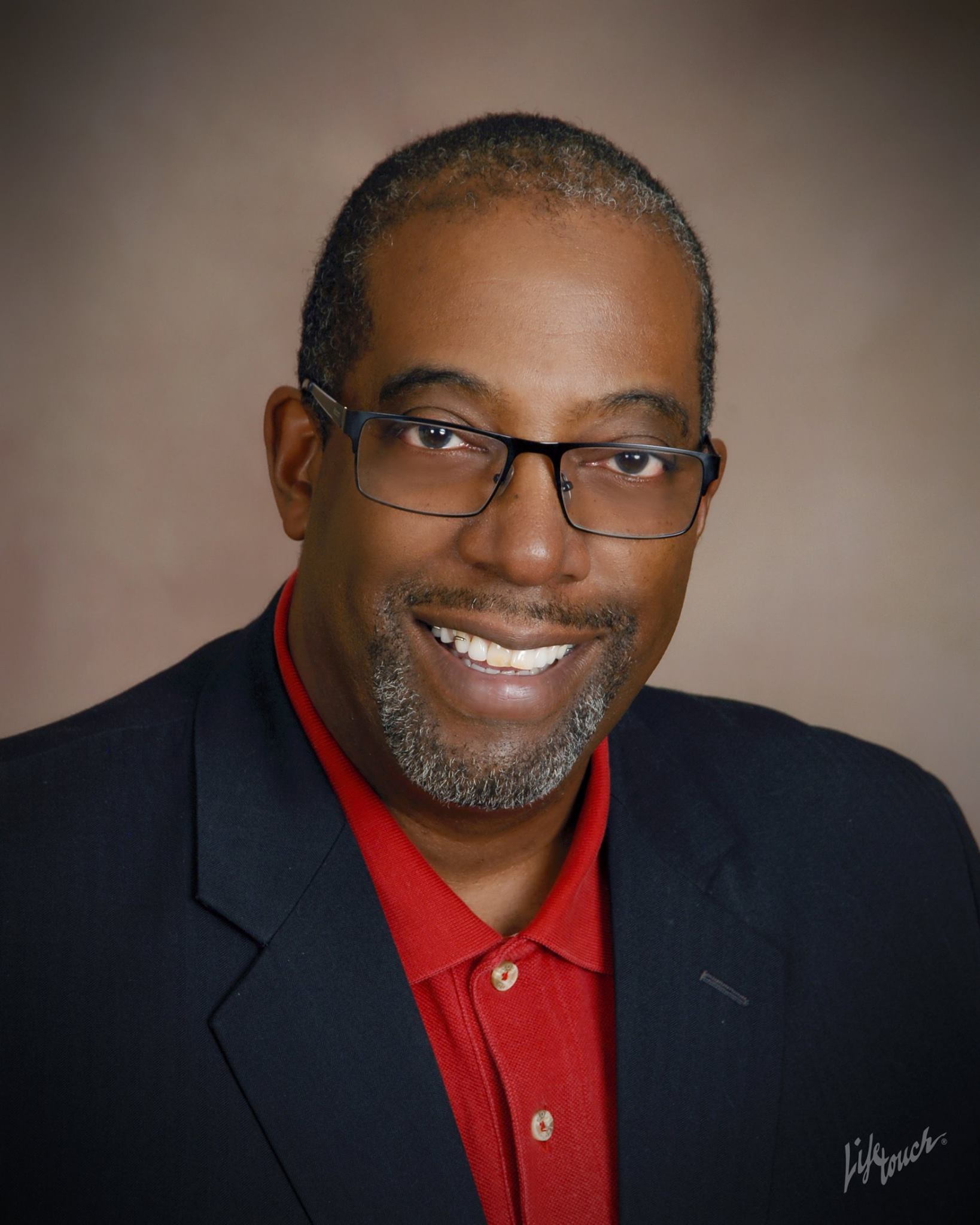Health Disparities
By Marcella Peyre-Ferry, 1st Episcopal District
The Rev. Dr. Linwood Smith, the pastor of Mt. Zion AME Church in Atglen, earned his Doctor of Ministry degree from Lancaster Theological Seminary last May. The topic of his thesis is always relevant but is particularly important now, “The Role of Clergy in Promoting Health and Wellness.”
Smith’s research started three years ago. It was done in the Philadelphia Annual Conference of the AME Church, West/Main Line and Philadelphia Districts. “This research can be used for all denominations,” Smith said.
He discovered the biggest health issues facing those congregations were cancer, diabetes, and high blood pressure. In a COVID-19 environment, these diseases have been determined to be underlying health issues faced by a large part of the African American community. As clergy, we have the opportunity to address why our communities are plagued with these health issues and use the pulpit beyond our church walls to address change in a health and economic system that produces theses disparities.
For clergy, recognizing health issues among members and encouraging them to take steps to improve their overall wellness is a part of caring for their flock. “The pro-active approach would be to take a sermon a month to talk about health and wellness,” Smith said.
Some issues, such as mental and emotional health, may be difficult to talk about among clergy. Creating an environment of trust can make a big difference. “We need to tell people it’s OK to see a therapist, a mental health professional,” Smith said.
In the thesis, Smith identifies eight ways for clergy to promote health and wellness. They include partnering with hospitals to promote programs of wellness and joining coalitions that advocate equal health care access for all people.
Promoting health and wellness in the community extends to addressing the health disparities and social determinants that negatively affect black, brown, and economically-compromised communities. The lack of life-sustaining healthcare, food desserts, areas to exercise, and systems of economic disparities are factors that determine the health and wellness of a community. Limited transportation and food store availability must be addressed in the engagement of health and wellness in our neighborhoods. “As clergy, we have a responsibility to address issues of injustice,” Smith said. When we discover health disparities in our community, it must be addressed with the assistance of every house of faith, public policy, civic groups, and the healthcare system.
As clergy, we have theological and ethical responsibility to address disparities and healthcare injustices in the communities we serve. Micah 6:8 asks, “He has told you, O mortal, what is good; and what does the Lord require of you but to do justice, and to love kindness, and to walk humbly with your God?” A sermon that does not address the spiritual, emotional, and physical needs of a person does not line up how Jesus addressed the needs of the community. He healed and met the present needs of individuals before addressing their spiritual relationship with Him.
Clergy play a great part in the community as trusted sources for information and resources. “Clergy and the church are still one of the most trusted institutions,” Smith said. “When clergy support health and wellness initiatives it improves greater trust in that initiative. People have lost trust in our systems of government because of past practices, as an example. As a clergy person, you have to go to reliable sources. When people have information they can trust, they make better decisions.”
At the current time, Mt. Zion AME Church is practicing social distancing. “The last four weeks we have not had services face-to-face,” Smith said. “At least once a week we are promoting information from the county or the CDC and the stay-at-home order,” he added.
Smith’s full thesis can be found online by searching “Proquest The Role of Clergy in Promoting Health and Wellness.” He is also preparing a condensed version of the thesis that will be available in pamphlet form soon.





